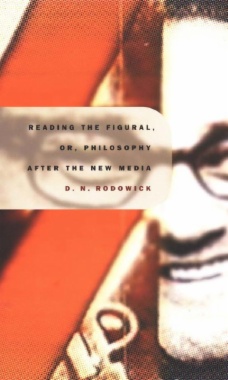Social workers, planners, health professionals, and human-service administrators spend much of their time in meetings, working in and with groups. What meaning does participation in these groups have for members? Some of the events that are most important for members of the various professions, and those whom they serve, take place within these groups. Health and human services depend upon their working groups for their development and allocation of resources, their standards of quality, and the evaluation of their success or failure. In short, these groups are relied upon to come up with creative solutions to complex problems.
Despite the amount of time spent in meetings, committees, and so on, very little has been written about the skills necessary for effective participation and leadership within working groups. With that in mind, Ephross and Vassil combine innovative group theory and practice in this "how-to" guide for professionals who take a variety of roles within the group. They draw on examples from social agencies, a hospital, a low-income community, and the boardroom, providing practical principles for day-to-day group life based on a democratic model. This revised edition also explores the changes that have taken place in the structure and operation of working groups in recent years and the heightened expectations for groups within large organizations.
- Table of Contents
- Preface to the Second E
dition
- 1. Working in Groups
- 2. Frames of Reference for Understanding Work Groups
- 3. Toward a Model of Working Groups
- 4. The Democratic Microcosm
- 5. Leadership Theory: Benchmarks and Guideposts
- 6. Leadership in Working Groups
- 7. Leadership and Contexts
- 8. Problem Solving and Decision Making
- 9. Stages/Phases of
Group Development
- 10. Teams and Team Building
- 11. Organizational Settings and Styles
- 12. Technologies for Group Maintenance, Operation,
and Productivity
- 13. Recurring Problems in Groups and Suggested
Staff Responses
- 14. Perspectives for Professional Practice
with Working Groups
- Appendix: Population of Self-Descriptive Q-Sort Statements
- Notes
- Bibliography
- Index

